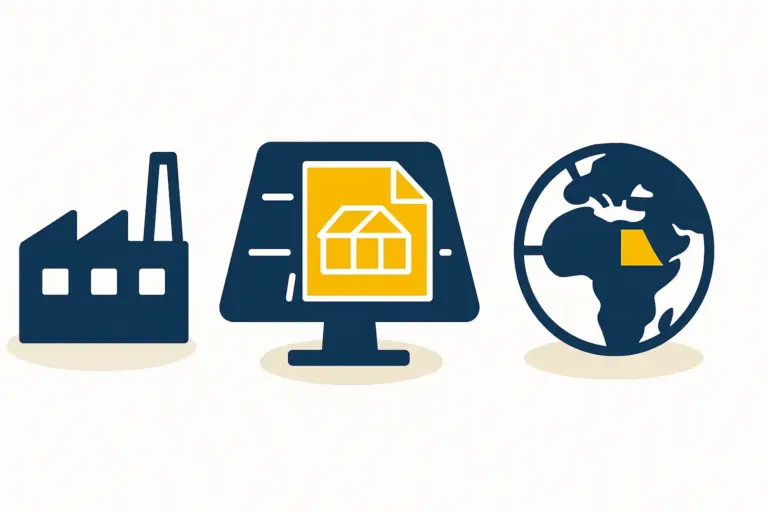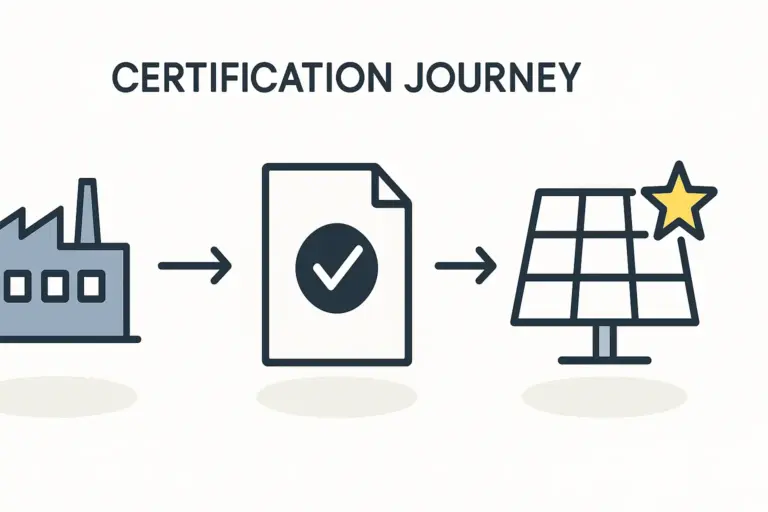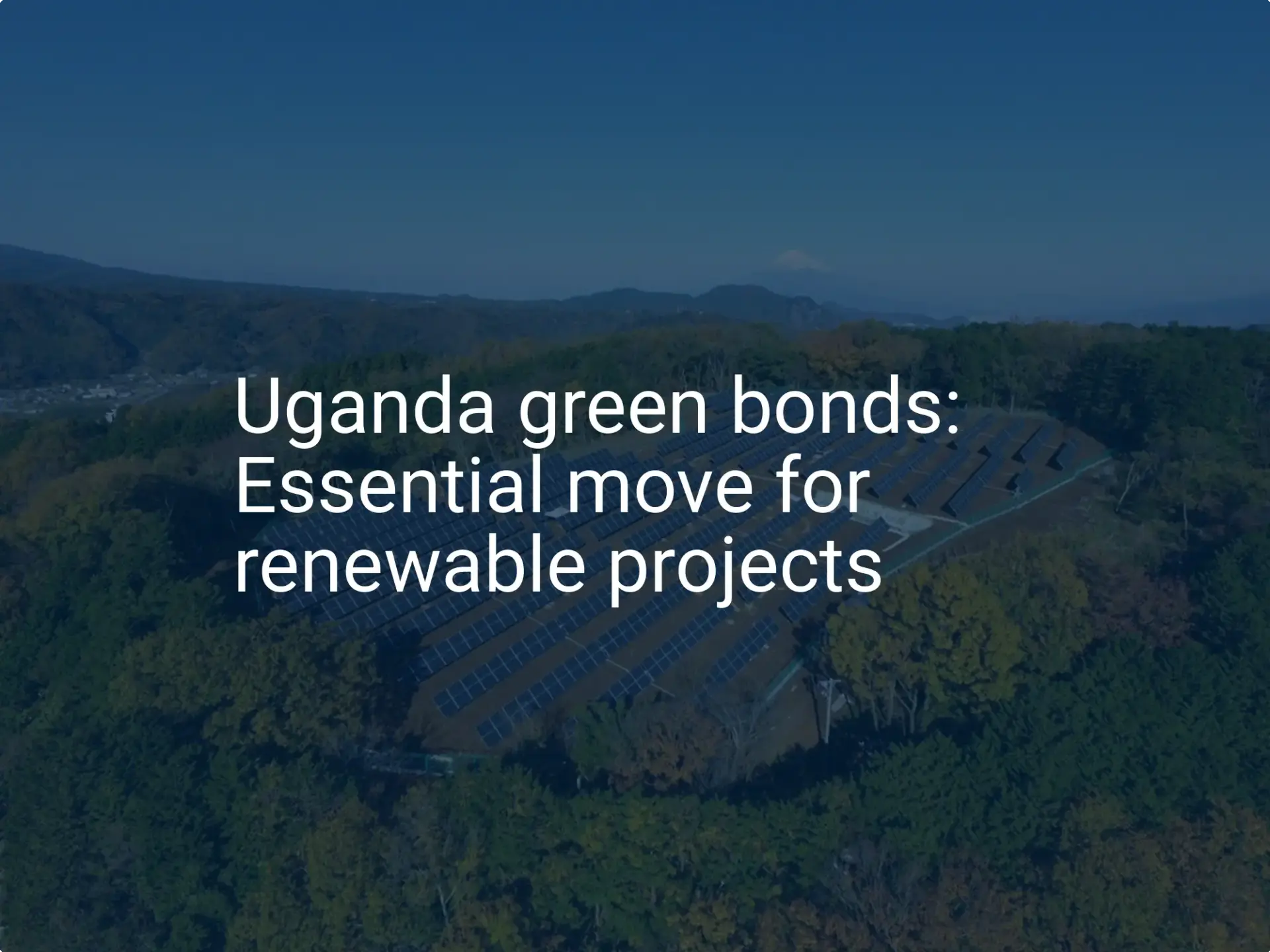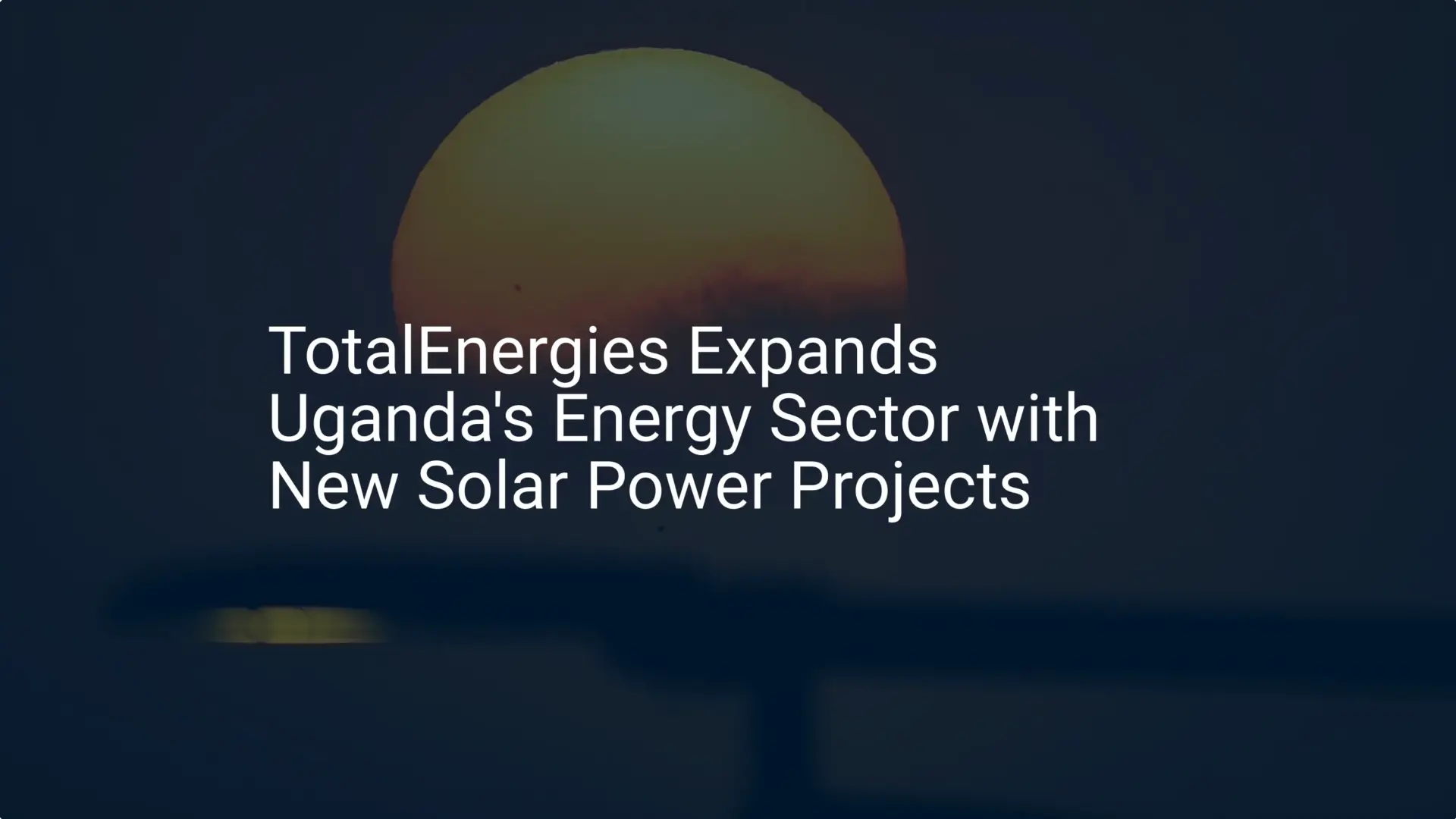An entrepreneur planning to establish a solar module factory in Uganda faces a critical, long-term decision: where to build. The choice between a plot in a government-designated industrial park and a standalone ‘greenfield’ site will shape project timelines, capital expenditure, and operational efficiency.
While the freedom of a private site is appealing, the practical realities of infrastructure and administration in emerging markets often favor a more structured approach. This comparative analysis for business professionals weighs these two options against the critical factors of utilities, security, and administrative support. Drawing on extensive research into Uganda’s industrial landscape, it clarifies the key differences investors must understand to launch a successful manufacturing venture.
Understanding the Core Options
Before a comparison can be made, it is important to define the two primary location strategies for a new industrial project.
Industrial Park
A designated area of land, planned and serviced by a central authority—in this case, the Uganda Investment Authority (UIA). These parks offer plots with pre-installed access to essential infrastructure like roads, electricity, water, and fiber optics. They are designed to create a streamlined, ‘plug-and-play’ environment for investors.
Greenfield Site
An undeveloped plot of land, often in a rural or peri-urban area, with no existing industrial infrastructure. The investor is responsible for securing land tenure and arranging for the connection of all necessary utilities and services from the ground up.
Key Factors for Comparison
The decision hinges on a careful assessment of several business-critical factors. For an investor new to the region, the advantages of a structured environment often outweigh the perceived benefits of a standalone location.
1. Access to Utilities and Infrastructure
Reliable power and water are non-negotiable for any manufacturing facility, and this is where the distinction between the two site options is most pronounced.
Industrial Parks:
Designated industrial parks in Uganda, managed by the UIA, are established to provide reliable, high-capacity infrastructure. Investors can typically expect:
-
Stable Power Supply: Parks are often connected to the national grid with high-voltage lines, reducing outages. According to the UIA, parks like the Kampala Industrial and Business Park (KIBP) are equipped with dedicated substations to ensure consistent power.
-
Water and Waste Management: Serviced plots include connections to industrial-grade water mains and centralized effluent treatment plants, removing a significant logistical and regulatory burden.
-
Data Connectivity: Access to high-speed fiber optic internet is standard—a critical feature for modern manufacturing operations that rely on connected machinery and enterprise resource planning (ERP) systems.

Greenfield Sites:
Developing a greenfield site requires the investor to manage utility connections independently. This process can be complex and time-consuming.
-
Power Connection Challenges: Securing a high-capacity electricity connection to a remote site can take months, or even years, and involve substantial costs. Grid instability in non-industrial zones means a significant investment in backup diesel generators is nearly always required, directly impacting the solar panel manufacturing plant cost.
-
Independent Water and Sewage: The investor must drill boreholes for water, which requires hydrogeological surveys and permits. Additionally, they are responsible for constructing and managing an on-site wastewater treatment system to meet national environmental standards.
2. Administrative Support and Permitting
Navigating the bureaucratic landscape is a common challenge for foreign investors. Industrial parks are specifically designed to simplify this process.
Industrial Parks:
The UIA acts as a single point of contact for businesses within its parks. This ‘One-Stop Centre’ model consolidates representatives from various government agencies, including the Uganda Registration Services Bureau (URSB), the Uganda Revenue Authority (URA), and the National Environment Management Authority (NEMA). This centralized system drastically speeds up securing licenses, permits, and tax registrations.
Greenfield Sites:
An investor on a private site must engage with each government ministry and local authority separately. This can lead to a fragmented and lengthy approvals process, involving land zoning permits, environmental impact assessments, and construction permits from multiple bodies. Delays in this phase can postpone the project start date and increase pre-production costs.
3. Security
Physical security for assets, equipment, and personnel is a paramount concern for any industrial operation.
Industrial Parks:
Security is a shared service. Parks are typically enclosed by a perimeter fence, monitored by a single entry point, and patrolled by a dedicated security force. This collective approach provides a high level of security at a fraction of the cost for each individual business.

Greenfield Sites:
The investor bears the full responsibility and cost for securing the site. This includes constructing a perimeter wall, installing surveillance systems, and hiring a private security team. This represents a significant and ongoing operational expense.
4. Logistics and Site Accessibility
The efficiency of a solar panel production line depends on the smooth flow of raw materials in and finished products out.
Industrial Parks:
These parks are strategically located along major transport corridors, ensuring good access to paved roads for heavy trucks. Their proximity to Kampala or other economic hubs simplifies logistics and reduces transportation costs.
Greenfield Sites:
A private site might be located far from major highways, potentially requiring investment to improve local access roads. During rainy seasons, unpaved roads can become impassable, creating a serious risk of disruption to the supply chain.
Summary Comparison
| Feature | Industrial Park | Greenfield Site |
|---|---|---|
| Utilities | Pre-installed, reliable connections | Investor-managed, high risk of delays |
| Permitting | Streamlined via UIA One-Stop Centre | Complex, requires engaging multiple agencies |
| Security | Centralized, shared cost | Sole responsibility of the investor |
| Logistics | Strategic location, good road access | Variable, may require road investment |
| Initial Setup Time | Faster, ‘plug-and-play’ model | Slower, requires extensive site development |
| Flexibility | Limited by plot size and park rules | High, complete control over layout and expansion |
| Initial Cost | Higher land lease or purchase cost | Lower land cost but high infrastructure development cost |
Conclusion: A Strategic Decision Based on Priorities
For an entrepreneur establishing a solar module factory in Uganda, the choice of location is a trade-off between control and convenience.
A greenfield site offers maximum flexibility for custom factory design and expansion. However, this freedom comes with significant upfront investment, longer timelines, and the burden of developing all infrastructure from scratch.
An industrial park, by contrast, offers a lower-risk, faster path to market. Its access to reliable utilities, centralized security, and streamlined administrative support allows the business owner to focus on core operations. Based on experience from J.v.G. turnkey projects, the risk reduction offered by an industrial park is often the decisive factor for investors new to a region.
Ultimately, the optimal choice depends on the investor’s risk appetite, capital availability, and long-term strategic goals. A thorough feasibility study is essential to model the true costs and timelines associated with each option.

Frequently Asked Questions (FAQ)
1. What is the role of the Uganda Investment Authority (UIA)?
The UIA is the government agency responsible for promoting and facilitating investment in Uganda. It manages the country’s industrial parks, providing serviced land and a ‘One-Stop Centre’ for administrative services to simplify the investment process.
2. Is it possible to own the land in a Ugandan industrial park?
Land tenure in industrial parks is typically granted on a long-term leasehold basis, often for 49 or 99 years. This provides the security needed for long-term investment without the complexities of direct land ownership as a foreign entity.
3. How significant are the delays in getting a power connection for a greenfield site?
The timeline can vary widely, but securing a high-voltage industrial power connection to a new site can take anywhere from 6 to 24 months. The process involves applications, surveys, and the physical construction of new power lines and substations.
4. Are there any hidden costs associated with locating in an industrial park?
While the major infrastructure is provided, businesses typically pay annual service charges to cover the maintenance of common roads, security, and other shared areas. These costs are generally predictable and are outlined in the lease agreement with the UIA.
5. Does a greenfield site offer a better return on investment in the long run?
Not necessarily. While the initial land purchase may be cheaper, the total capital expenditure on infrastructure can easily exceed the premium for a plot in an industrial park. The operational costs of maintaining private infrastructure and the financial risk of project delays must also be factored into any long-term analysis.






